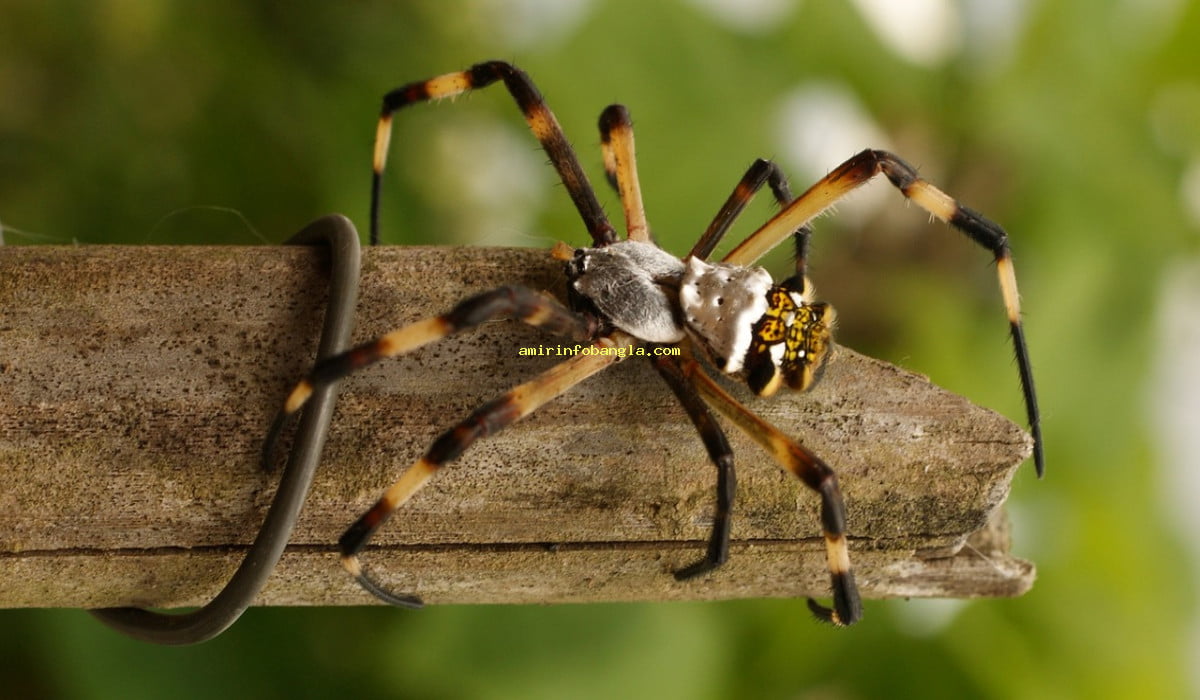Animal
Discovering Animalia: The Basics of Biology in 60 Characters0 (0)

Discovering Animalia: The Basics of Biology in 60 Characters
Discovering Animalia: The Basics of Biology in 60 Characters
Discovering Animalia: The Basics of Biology in 60 Characters. Discover the meaning of Animalia in biology with our comprehensive guide. From its definition to its classification, we cover everything you need to know about this intriguing kingdom. Explore the world of animals and their fascinating characteristics. Read now and expand your knowledge of the diverse creatures that inhabit our planet.
Discovering Animalia: The Basics of Biology in 60 Characters. about this intriguing
The Definition of Animalia in Biology
Animalia is a major kingdom in the classification of living organisms, along with Plantae, Fungi, Protista, and Monera. It encompasses all animals, both those that are familiar to us and those that are still unknown to science. As biology continues to advance, our understanding of Animalia also grows and expands. In this blog post, we will delve into the definition of Animalia in biology, its characteristics, and how it fits into the larger picture of the natural world.
What is Animalia?
Animalia is a kingdom in biology that includes all animals, from insects to mammals. According to the scientific classification system developed by Carl Linnaeus in the 18th century, Animalia is one of the six kingdoms used to categorize living organisms. These kingdoms are based on the major characteristics and traits of the organisms, and Animalia is defined by a few key features.
Key Characteristics of Animalia
Before we jump into defining Animalia, let’s take a look at some of its key characteristics. These characteristics set Animalia apart from other kingdoms and are important in understanding the definition of Animalia in biology.
– Eukaryotic: Animals in the kingdom Animalia are made up of eukaryotic cells. This means that their cells have a true nucleus and other membrane-bound organelles.
– Multicellular: Unlike organisms in other kingdoms, Animalia is exclusively composed of multicellular organisms. This means that they are made up of more than one cell, each with a specialized function.
– Heterotrophic: All animals in Animalia are heterotrophic, meaning they must obtain their energy and nutrients from other sources. This is different from autotrophic organisms, which can produce their own energy through photosynthesis.
– Motile: Most animals in Animalia are motile, meaning they have the ability to move at some point in their life cycle. This movement is achieved through a variety of means, such as walking, swimming, or flying.
more: What Exactly is an Animal? Discover the Basics in Just 60
Diversity of Animalia
Animalia is an incredibly diverse kingdom, with over 1.5 million known species and potentially millions more yet to be discovered. Animals can be found in almost every habitat on Earth, from the depths of the ocean to the highest mountains. Some common examples of animals in Animalia include insects, fish, birds, reptiles, and mammals.
The diversity of animals within the kingdom Animalia is immense, and species can vary greatly in their characteristics, anatomy, and behavior. Despite these differences, all animals in Animalia have certain common traits that unite them as part of this kingdom.
Classification of Animals
Within the kingdom Animalia, there are different levels of classification that further categorize animals based on their physical characteristics and evolutionary relationships. These levels are kingdom, phylum, class, order, family, genus, and species. For example, humans are classified as follows:
1. Kingdom: Animalia
2. Phylum: Chordata
3. Class: Mammalia
4. Order: Primates
5. Family: Hominidae
6. Genus: Homo
7. Species: sapiens
This hierarchical system of classification allows scientists to organize and understand the vast diversity of animal species and their relationships to one another.
The Importance of Animalia in Biology
Animalia plays a crucial role in the study of biology. By understanding the characteristics and behaviors of different animals, scientists can gain insight into the overall functioning of ecosystems and the interconnectedness of all living things.
Animals also serve as important model organisms for scientific research, offering insights into human biology and potential treatments for diseases. Additionally, many animals provide essential ecosystem services, such as pollination, nutrient cycling, and pest control. Therefore, understanding Animalia is crucial in maintaining the balance and health of our planet.
In Conclusion
In this blog post, we have explored the definition of Animalia in biology, its key characteristics, diversity, and classification. As we have seen, Animalia is an essential kingdom in the classification of living organisms and plays a significant role in understanding the natural world. By delving deeper into the definition of Animalia, we can gain a better understanding and appreciation for the vast and diverse kingdom of animals.
Frequently Asked Questions (FAQs)
Q: What are the other kingdoms besides Animalia in biology?
– Plantae
– Fungi
– Protista
– Monera
Q: Can animals be found in all habitats on Earth?
A: Yes, animals can be found in almost every habitat on Earth, including the ocean, forests, deserts, and even polar regions.
Q: How do scientists classify animals within the kingdom Animalia?
A: Scientists use a hierarchical system to classify animals, which includes kingdom, phylum, class, order, family, genus, and species.
Additional Resources
– National Geographic: Animal Facts
– Encyclopedia of Life: Animalia
– Khan Academy: Introduction to the Animal Kingdom
– BBC Bitesize: What are the Characteristics of Animalia?
Discover the meaning of Animalia in biology with our comprehensive guide. From its definition to its classification, we cover everything you need to know about this intriguing kingdom. Explore the world of animals and their fascinating characteristics. Read now and expand your knowledge of the diverse creatures that inhabit our planet.. Animalia Discovering Animalia: The Basics of Biology in 60 Characters
What is Animalia in Biology?
Animalia refers to the higher taxa of the kingdom in biology. This kingdom contains the most diverse forms of life on our planet, ranging from microscopic organisms to some of the largest animals on Earth. Animals within this kingdom are eukaryotic multicellular organisms which are heterotrophic, digesting and consuming complex organic substances for energy. Their cells lack cell walls and contain unique organelles, such as centrosomes and cilia, that distinguish them from other kingdoms in the biological classification system.
What are the key characteristics of Animalia?
One of the key characteristics of animals is that they are heterotrophic organisms, meaning they obtain their energy and nutrients from consuming other organisms. They are also multicellular, meaning their bodies are composed of multiple cells. Another important characteristic is that animals within this kingdom have cells that lack cell walls, allowing for greater flexibility and movement. In addition, most animals have specialized sensory organs, such as eyes and ears, that allow them to interact with their environment.
more: Discover the 5 Levels of Animal Classification for Better Understanding
What are the main groups within Animalia?
Within the kingdom Animalia, there are several main groups or phyla that contain numerous species. Some of the most well-known phyla include Mollusca, which contains creatures such as snails and squid, and Chordata, which contains vertebrates such as mammals, birds, and fish. Other phyla include Arthropoda (insects, spiders, crustaceans), Porifera (sponges), and Cnidaria (jellyfish, corals, anemones). Each phylum has its own unique characteristics and subcategories of animals.
What is the importance of Animalia in biology?
The kingdom Animalia is essential in maintaining the balance of ecosystems and the overall health of our planet. Animals play a crucial role in various ecological processes such as pollination, nutrient cycling, and predation. They also provide important resources for humans, including food, medicine, and materials. In addition, the study of animals through the field of zoology helps us better understand the complexities of life and evolution.















real reviews of GlucoRelief
February 22, 2024 at 10:01 am
Good post! We will be linking to this particularly great post on our site. Keep up the great writing